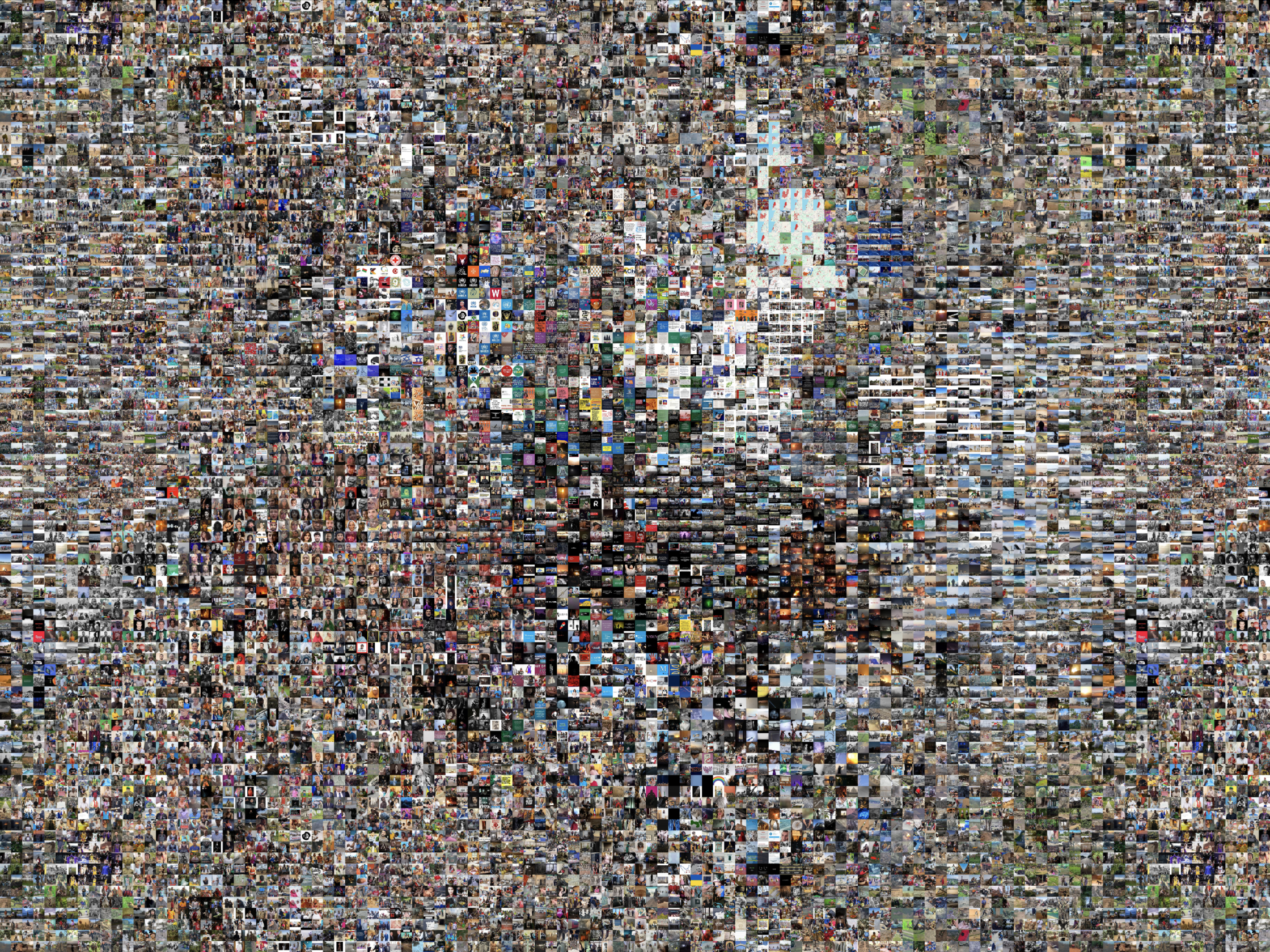ARCHITECTURE, HUMANITARIANISM, AND SOCIAL MEDIA
This study analyzes how social media represents bodies, spaces, and architecture in humanitarian crises, contrasting the narratives of global institutions and celebrities with those of local organizations and civilians. Developed with MAIA students and based on content from more than 200 accounts across 13 regions affected by conflict and displacement—from Ukraine and South Sudan to the Darién Gap and Bangladesh—it reveals how social media reshapes humanitarian perception in two opposing yet interconnected ways: by distancing attention through passive scrolling and by fostering digital intimacy through close views of victims’ embodied experiences. Architecture emerges as an active agent in these mediated encounters, while algorithms privilege standardized, visually compelling imagery over complex realities.
Data Analytics: (MAIA students in Interior Architecture): Matilde Arletti, Martino De Grandis, Maxime Joost, Lina Laube, Bianca Longoni, Hugo Maia Schmitt, Letizia Milone, Ailyn Pieyre, Célestine Potin, Paul Rigal, Lisa Schober, Kim Schönauer, Karol Szmigielski, Mariannina Thielemans.
Category: Essay. English
Author/s: Javier F. Contreras, Damien Greder
Download PDF (English)
© Samuel Jaccard
This study analyzes how social media represents bodies, spaces, and architecture in humanitarian crises, contrasting the narratives of global institutions and celebrities with those of local organizations and civilians. Developed with MAIA students and based on content from more than 200 accounts across 13 regions affected by conflict and displacement—from Ukraine and South Sudan to the Darién Gap and Bangladesh—it reveals how social media reshapes humanitarian perception in two opposing yet interconnected ways: by distancing attention through passive scrolling and by fostering digital intimacy through close views of victims’ embodied experiences. Architecture emerges as an active agent in these mediated encounters, while algorithms privilege standardized, visually compelling imagery over complex realities.
Data Analytics: (MAIA students in Interior Architecture): Matilde Arletti, Martino De Grandis, Maxime Joost, Lina Laube, Bianca Longoni, Hugo Maia Schmitt, Letizia Milone, Ailyn Pieyre, Célestine Potin, Paul Rigal, Lisa Schober, Kim Schönauer, Karol Szmigielski, Mariannina Thielemans.
Category: Essay. English
Author/s: Javier F. Contreras, Damien Greder
Download PDF (English)
© Samuel Jaccard
